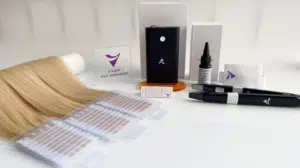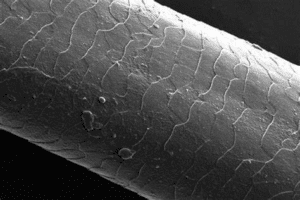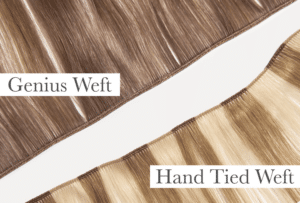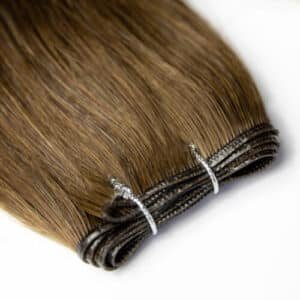As a professional hairstylist or salon owner, maintaining the longevity and reliability of hair extensions is essential to your service quality and client satisfaction. If you or your clients have been experiencing issues with Tape In extensions falling out, this article will guide you through the most probable causes—and provide professional solutions.
Why Are Tape In Extensions Falling Out?
Tape In extensions typically fall out due to:
Improper installation technique
Inadequate hair preparation prior to application
Use of incompatible aftercare products
Substandard tape adhesive or aged tape tabs
Excessive moisture, heat, or environmental humidity
Client behavior that places tension on the adhesive bonds
Each of these factors compromises the tape’s adhesion, resulting in premature slipping or detachment.

Professional Breakdown: Causes and Solutions
Let’s examine each factor in detail so you can identify the root cause and implement lasting improvements.
1. Inadequate Hair Preparation Before Application
A clean, residue-free foundation is mandatory for a secure bond. Any presence of oil, silicone, conditioner, or styling product interferes with the tape’s ability to adhere effectively to the natural hair.
Recommended protocol:
Wash hair twice with a clarifying shampoo only. Do not use conditioner or any post-wash products.
Ensure the hair is completely dry prior to installation.
Avoid applying Tape Ins on damp or humid hair, as moisture weakens the adhesive.
Note: Clarification must include the root area where tape will be placed. Many installation issues begin at the scalp level due to insufficient cleansing.
2. Incorrect Sectioning and Tape Placement
Precision in sectioning and alignment is critical. Misalignment, incorrect spacing, or improper density can all result in premature fallout.
Best practices:
Section thickness: No more than the density of a paper sheet—thin enough to allow light to pass through.
Tape placement: Apply approximately 0.5 inches from the scalp to avoid tension as the hair grows.
Hair distribution: Ensure natural hair is evenly sandwiched between tape tabs. Avoid using too little (tape sticks to tape) or too much (tape cannot seal).
Professional tip: A tail comb is essential for clean parting, and a precision approach ensures each extension is fully supported by natural hair.
3. Substandard Tape or Old Adhesive Tabs
Not all tape adhesives are created equally. Budget or generic tape often lacks the durability required for professional salon use. Over time, even high-quality tape loses its grip and must be replaced.
Solutions:
Only use medical-grade, salon-quality adhesive tape.
Replace old tabs every time hair is reinstalled—never reuse previously worn tape.
Store tape in a dry, cool, air-tight container. Exposure to humidity and air degrades adhesive quality over time.
At Hibiscus Hair, our Tape In systems use heat-activated, double-layered adhesive developed for long-term wear, even in active or humid lifestyles.
4. Use of Incompatible Hair Products Post-Installation
Once Tape Ins are applied, maintenance is crucial. Many consumer-grade shampoos and conditioners contain oils, alcohols, or silicone that directly interfere with tape bonds.
Prohibited product ingredients:
Silicone derivatives (e.g., dimethicone)
Heavy oils (e.g., argan, coconut, castor)
Sulfates and alcohols
Recommendations:
Advise clients to use only extension-safe, sulfate-free shampoos and conditioners.
Avoid application of serums, sprays, or oils within 3–4 cm of the root area.
Provide an aftercare guide and offer salon-approved retail products.
5. Exposure to Heat, Humidity, and Moisture
Tape adhesive is highly sensitive to environmental stress. High humidity, daily workouts, swimming, or frequent heat tool use can all accelerate adhesive breakdown.
Professional advice:
Advise clients to wait 48 hours before washing hair after application.
Recommend using a shower cap during hot showers or steam treatments.
Instruct clients to avoid direct contact between heat styling tools and the tape bond.
Apply thermal protection sprays only on the mid-lengths and ends—not the roots.
6. Client-Induced Tension and Improper Handling
Client behavior can also contribute to early fallout. Constantly touching or brushing near the adhesive can weaken the tape bond over time.
Educate clients on:
Using a loop brush or soft-bristle brush
Brushing from ends upward—never at the root
Tying hair into a loose braid or low ponytail at night
Avoiding excessive manipulation or picking at the bonds
Clear post-installation guidance can drastically reduce maintenance issues and prolong extension life.
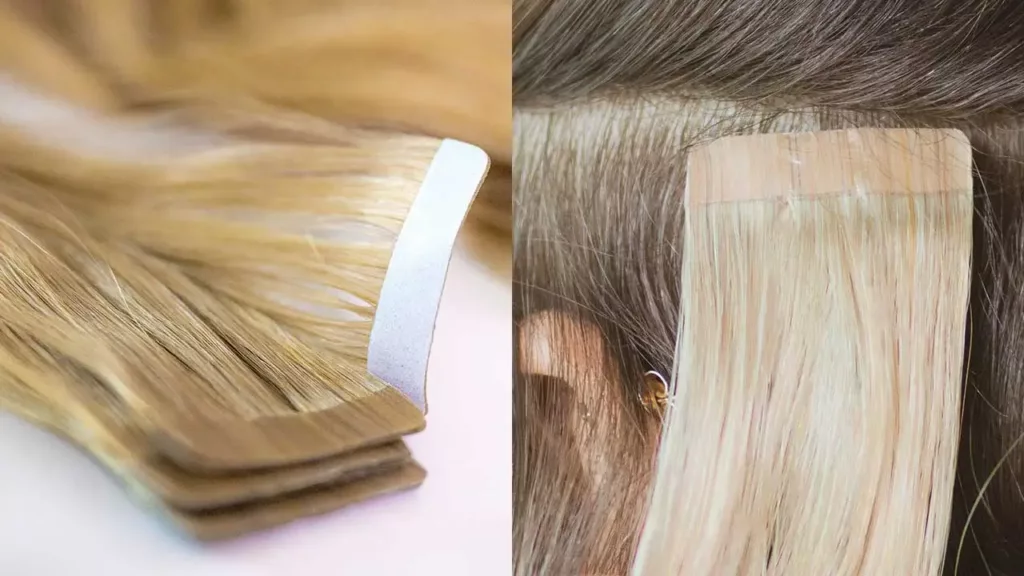
How to Fix Tape In Extensions That Are Slipping
If slippage has already occurred, take the following professional corrective steps:
Remove the slipping extension using a professional bond remover formulated for tape adhesives.
Clean the weft thoroughly to remove all adhesive residue.
Clarify the client’s hair again, ensuring a residue-free foundation.
Apply fresh tape tabs—never reuse previously worn tape.
Reinstall carefully with correct sectioning, spacing, and placement.
If issues persist, assess your materials—switching to higher-quality tape and hair extensions may be the key to long-term reliability.
FAQ: Common Questions About Tape In Extensions Falling Out
Q1: How long should Tape In extensions last without falling out?
A: Professionally installed Tape In extensions should last 6–8 weeks before requiring maintenance. With proper aftercare and high-quality materials, some can last up to 10 weeks.
Q2: Can clients work out or sweat with Tape In extensions?
A: Yes, but it’s recommended to wait 48 hours post-installation before engaging in vigorous activities. Excessive sweat and moisture can weaken the adhesive over time, so clients should tie hair up and keep roots dry during workouts.
Q3: Is it safe to dye hair with Tape In extensions installed?
A: Tape In extensions made with full cuticle, virgin hair can be dyed. However, coloring near the tape bond is not recommended, as dye chemicals can interfere with the adhesive. For best results, dye hair prior to installation or have a professional handle the color process.
Q4: Why do Tape In extensions fall out more in humid climates?
A: Humidity affects adhesive integrity. Tape glue is sensitive to water vapor, and prolonged exposure to moisture can cause slippage. Using professional-grade adhesive designed for all climates is essential in these environments.
Q5: Can you reapply Tape In extensions that have fallen out?
A: Yes. If the hair and weft are in good condition, remove any adhesive residue, retape using fresh tabs, and reinstall following the correct procedure.
Q6: How can I ensure my Tape In installation stays secure?
A: Use salon-grade, medical-quality tape, ensure proper hair prep, follow professional installation protocols, and educate the client on maintenance. Also, avoid overloading the wefts and keep placement strategic—not too close to the scalp or in areas prone to movement.

Conclusion
Tape In extension slippage is almost always the result of one or more controllable variables: product quality, installation technique, or post-care compliance. By refining your preparation and client education process—and using only premium, full cuticle hair with long-wear adhesive technology—you can significantly reduce fallout and deliver consistent, high-end results.
Why Stylists Choose Hibiscus Hair
At Hibiscus Hair, we provide full cuticle, ethically sourced hair extensions paired with advanced adhesive systems—engineered for salon professionals who demand longevity, reliability, and luxury. When extensions stay secure, your reputation speaks for itself.

